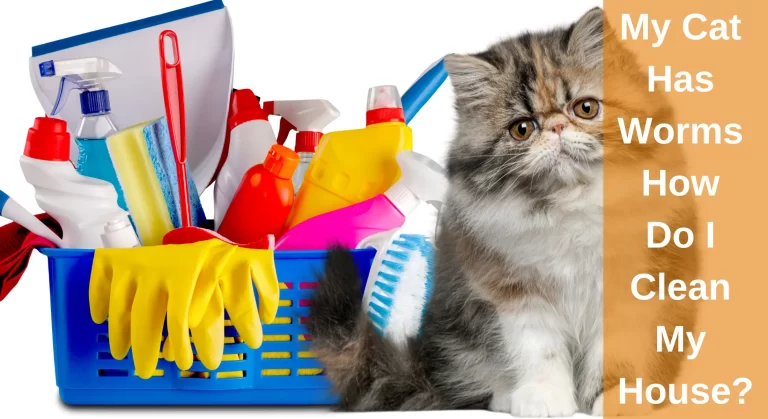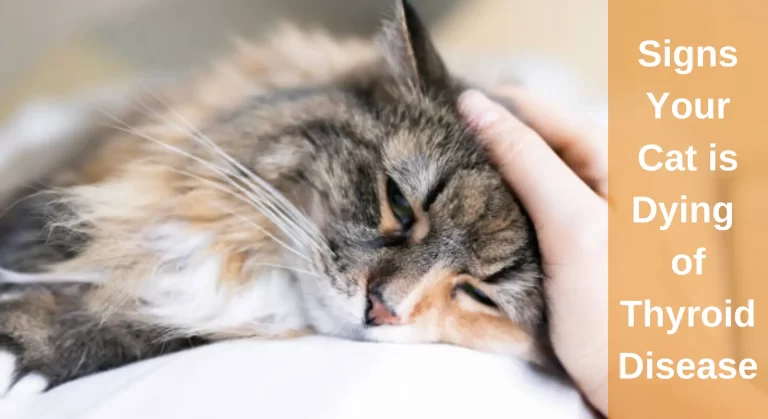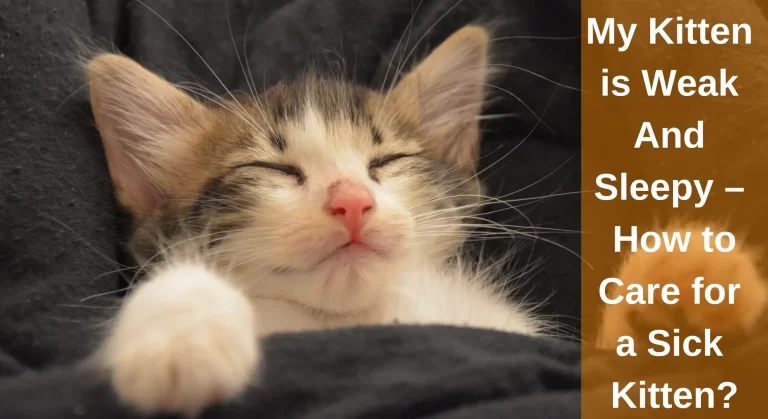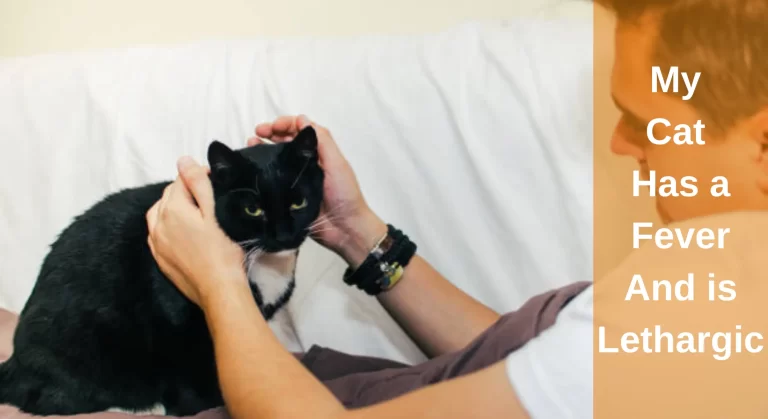How Old Do Cats Have to Be to Get Fixed? | Complete Guide for Cat Owners
If you’ve recently adopted a kitten or rescued a young cat, one of the first questions that comes to mind is: “How old do cats have to be to get fixed?”
Spaying or neutering your cat is one of the best things you can do to ensure their long-term health and prevent unwanted litters. In this guide, we’ll explain the ideal age for fixing cats, the benefits of early spaying/neutering, and what to expect before and after the procedure.
What Does “Getting Fixed” Mean?
“Getting fixed” means spaying (for females) or neutering (for males).
These are safe surgical procedures performed by veterinarians to prevent cats from reproducing.
- Spaying removes the ovaries and uterus in female cats.
- Neutering removes the testicles in male cats.
Both procedures not only control the pet population but also reduce the risk of certain diseases and behavioral problems.
So, How Old Do Cats Have to Be to Get Fixed?
The recommended age to fix a cat is between 4 to 6 months old.
However, many veterinarians and animal shelters now recommend early-age spaying or neutering — sometimes as young as 8 to 12 weeks, as long as the kitten weighs at least 2 pounds (0.9 kg).
Let’s break it down:
| Cat’s Age | Can They Be Fixed? | Notes |
|---|---|---|
| 8–12 weeks | Yes (if healthy & >2 lbs) | Common in shelters; quick recovery |
| 4–6 months | Ideal age | Prevents first heat cycle & spraying |
| 6+ months | Still safe | Slightly higher risk of complications if overweight or in heat |
Benefits of Getting Your Cat Fixed Early
Fixing your cat at the right age has numerous health, behavioral, and social benefits. Here are the key ones:
- Prevents Unwanted Litters
One unspayed female cat can produce dozens of kittens in her lifetime. Spaying helps reduce overpopulation and keeps shelters from overflowing. - Healthier and Longer Life
- Spayed females have a lower risk of uterine infections and breast tumors.
- Neutered males avoid testicular cancer and prostate issues.
- Better Behavior
- Neutered males are less likely to roam or spray urine.
- Spayed females won’t go into heat, which means no loud meowing or restlessness.
- Happier Household
Fixed cats tend to be calmer, more affectionate, and less aggressive
What Happens During the Surgery?
The spay/neuter surgery is routine and low-risk when performed by a licensed veterinarian.
Your cat will:
- Be placed under anesthesia.
- Have a small incision made (abdomen for females, scrotum for males).
- Be stitched up and monitored during recovery.
The entire procedure usually takes 15–30 minutes, and most cats go home the same day.
Post-Surgery Care Tips
After your cat gets fixed, follow these simple care tips for a smooth recovery:
- Keep them indoors for at least 10–14 days.
- Limit jumping or rough play to avoid reopening the incision.
- Check the incision site daily for redness, swelling, or discharge.
- Use an e-collar (cone) if your cat tries to lick the area.
- Feed small meals and provide a quiet, comfortable resting spot.
If you notice fever, lethargy, or loss of appetite, contact your vet immediately.
FAQs About Fixing Cats
1. Can cats be fixed too early?
Yes, but only if they’re underweight or not healthy enough for anesthesia. Always consult your vet before scheduling surgery.
2. Can adult cats still be fixed?
Absolutely! Even older cats benefit from spaying or neutering — though recovery might take slightly longer.
3. How much does it cost to get a cat fixed?
It depends on your location. On average, spaying costs $100–$200, and neutering $60–$150. Many animal shelters offer low-cost or free spay/neuter programs.
Final Thoughts
So, how old do cats have to be to get fixed?
Ideally between 4 to 6 months old — or as early as 8 weeks if your vet approves.
Fixing your cat early ensures better health, calmer behavior, and fewer unwanted kittens. It’s a simple, responsible choice that benefits both your pet and the community.
Who is Isabella?
My name is Isabella, and I am a dedicated and knowledgeable cat enthusiast. With years of experience caring for cats and a deep love for felines, I made a mission to help other cat lovers navigate the challenges of cat ownership.






